How to grow your own soil rhizobia and other bacteria
novascapes
12 years ago
Featured Answer
Sort by:Oldest
Comments (21)
pnbrown
12 years agonovascapes
12 years agoRelated Professionals
Harrison Landscape Architects & Landscape Designers · Prairie Ridge Landscape Architects & Landscape Designers · Taylorsville Landscape Architects & Landscape Designers · Anderson Landscape Contractors · Farmington Landscape Contractors · Medford Landscape Contractors · New Braunfels Landscape Contractors · Paterson Landscape Contractors · South Lyon Landscape Contractors · Solana Beach Decks, Patios & Outdoor Enclosures · Bonita Decks, Patios & Outdoor Enclosures · Hershey Decks, Patios & Outdoor Enclosures · Pittsburgh Decks, Patios & Outdoor Enclosures · Prichard Decks, Patios & Outdoor Enclosures · Chesapeake Ranch Estates Stone, Pavers & ConcreteKimmsr
12 years agopnbrown
12 years agonovascapes
12 years agorlv4
12 years agopnbrown
12 years agodicot
12 years agonovascapes
12 years agolazy_gardens
12 years agoKimmsr
12 years agopnbrown
12 years agopnbrown
12 years agopeter_6
12 years agonovascapes
12 years agopnbrown
12 years agosverko
10 years agonc_crn
10 years agosverko
10 years agoGreeneGarden
10 years ago
Related Stories

FARM YOUR YARD6 Things to Know Before You Start Growing Your Own Food
It takes time and practice, but growing edibles in the suburbs or city is possible with smart prep and patience
Full Story
FRUIT TREESHow to Grow Your Own Juicy Plums
Easier than other stone fruits and with a variety of colors to choose from, plums are a versatile garden addition
Full Story
EDIBLE GARDENSHow to Grow Your Own Luscious Cherries
Nope, they’re not the easiest fruit to grow. But with spectacular blossoms and pies as possibilities, cherries are sure worth a try
Full Story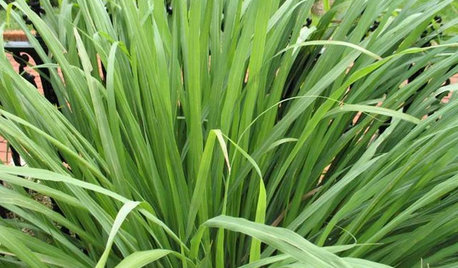
HERBSHerb Garden Essentials: Grow Your Own Zesty Lemongrass
Add lemony goodness to cooking and tropical flavor to your yard with this grass-like herb native to Southeast Asia
Full Story
FRUIT TREESHow to Grow Your Own Persimmons
Sturdy and easy to care for, these trees offer bright fruit through winter — and keeping them in bounds is no sweat
Full Story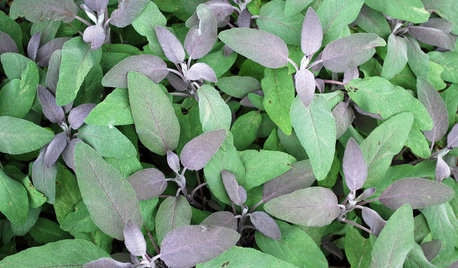
EDIBLE GARDENSHerb Garden Essentials: Grow Your Own Culinary Sage
Fill in your garden with this drought-tolerant perennial that’s flavorful and deer resistant
Full Story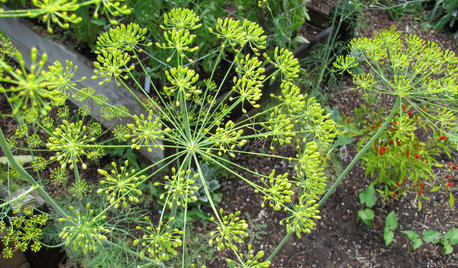
EDIBLE GARDENSHerb Garden Essentials: Grow Your Own Tasty, Frilly Dill
Flavor your food and attract butterflies with easy-care (and pretty) dill in the garden
Full Story
EDIBLE GARDENSHow to Grow Your Own Sweet Summer Crops
This guide will help any gardener get started on growing the freshest warm-season veggies and berries for summer
Full Story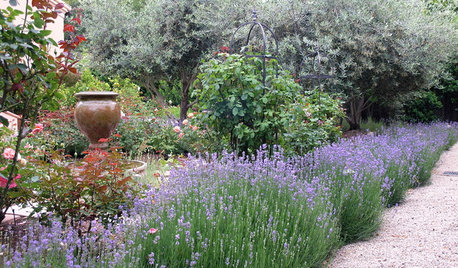
FLOWERSHerb Garden Essentials: Grow Your Own Fragrant Lavender
This do-it-all plant is ideal for almost any garden, and its uses are abundant around the home
Full Story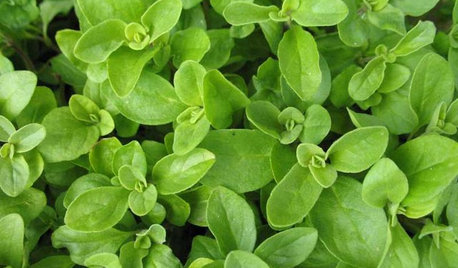
EDIBLE GARDENSHerb Garden Essentials: Grow Your Own Oregano and Marjoram
Say 'buon giorno' to classic Italian herbs you can grow just as easily in pots as in the summer garden
Full Story






novascapesOriginal Author